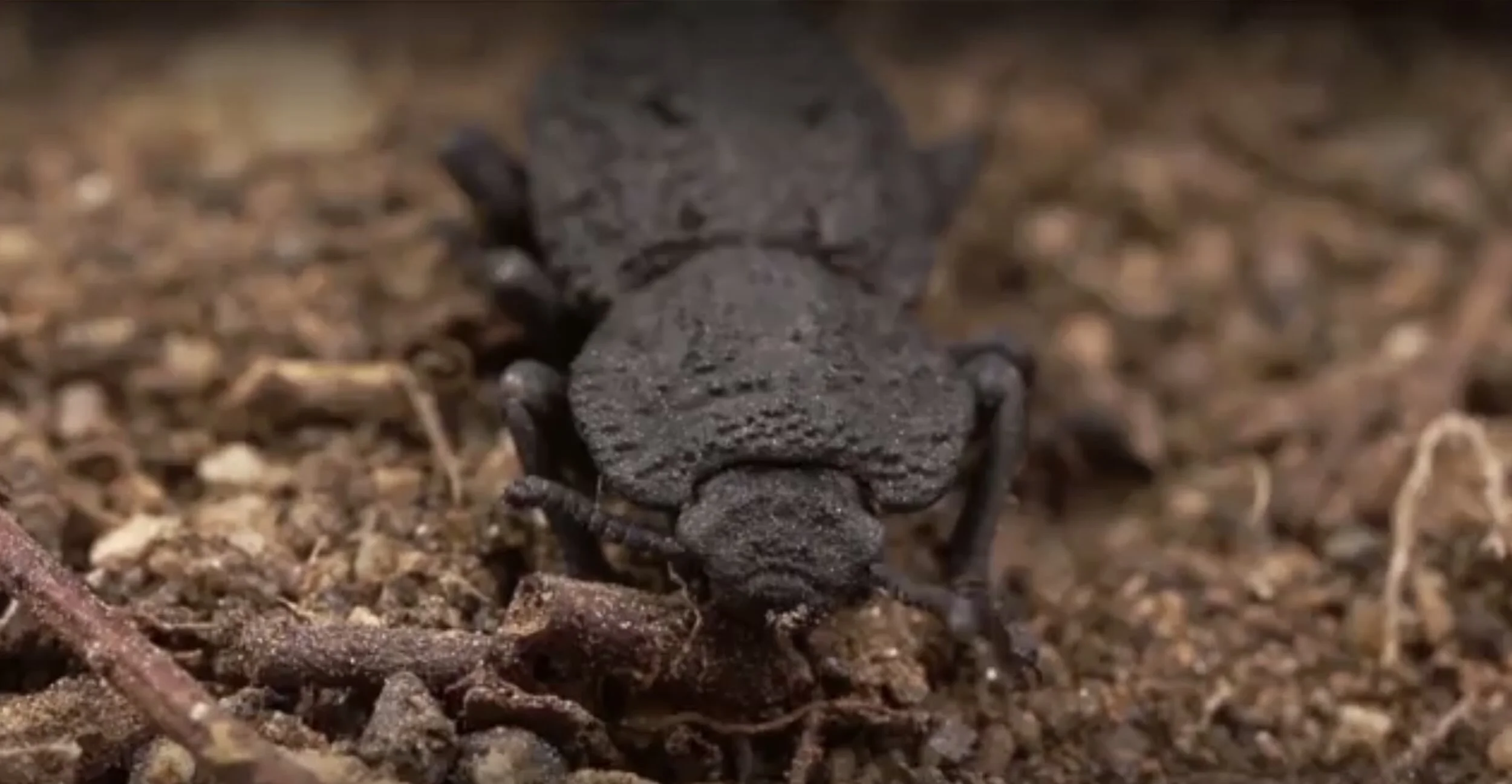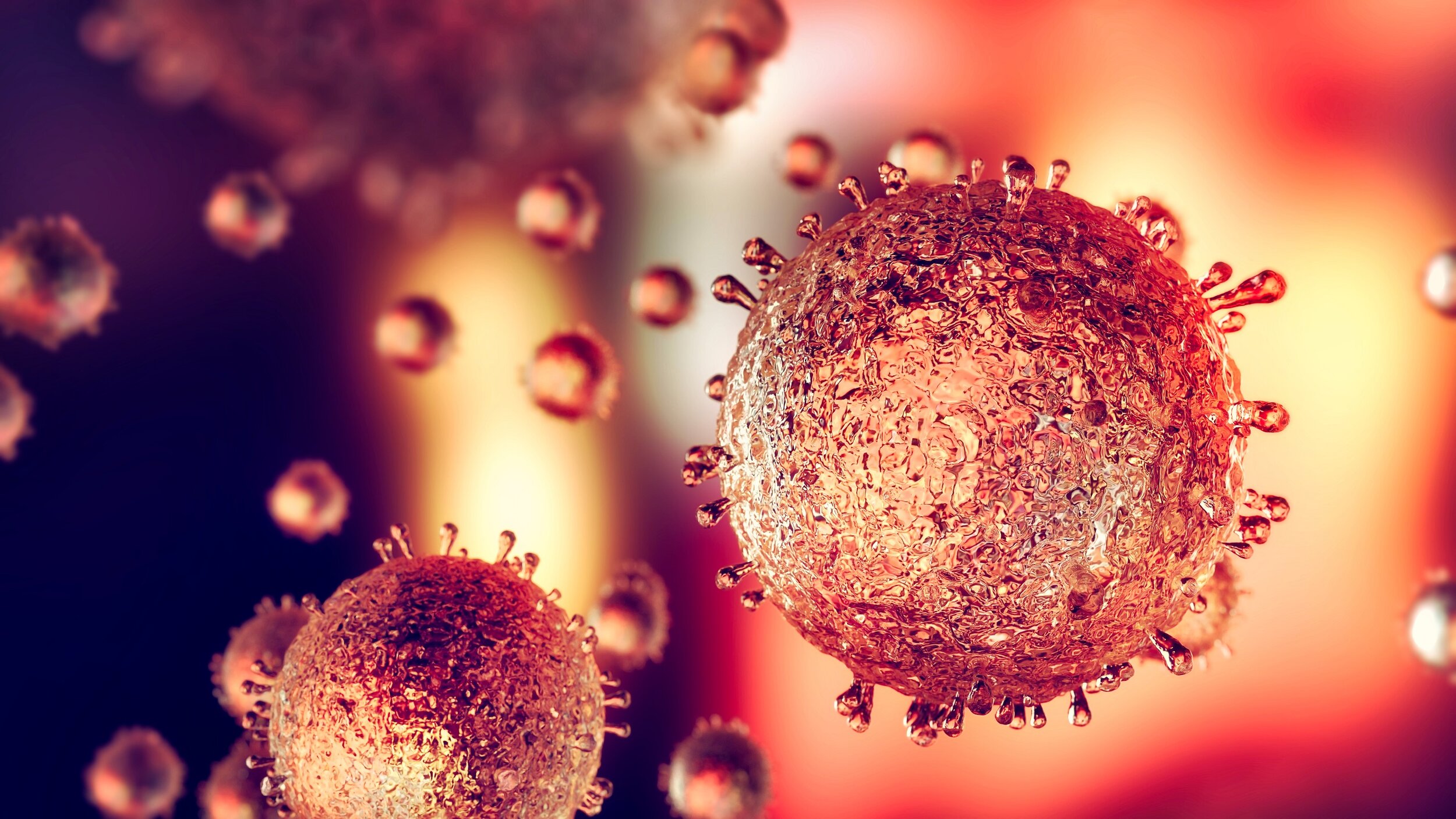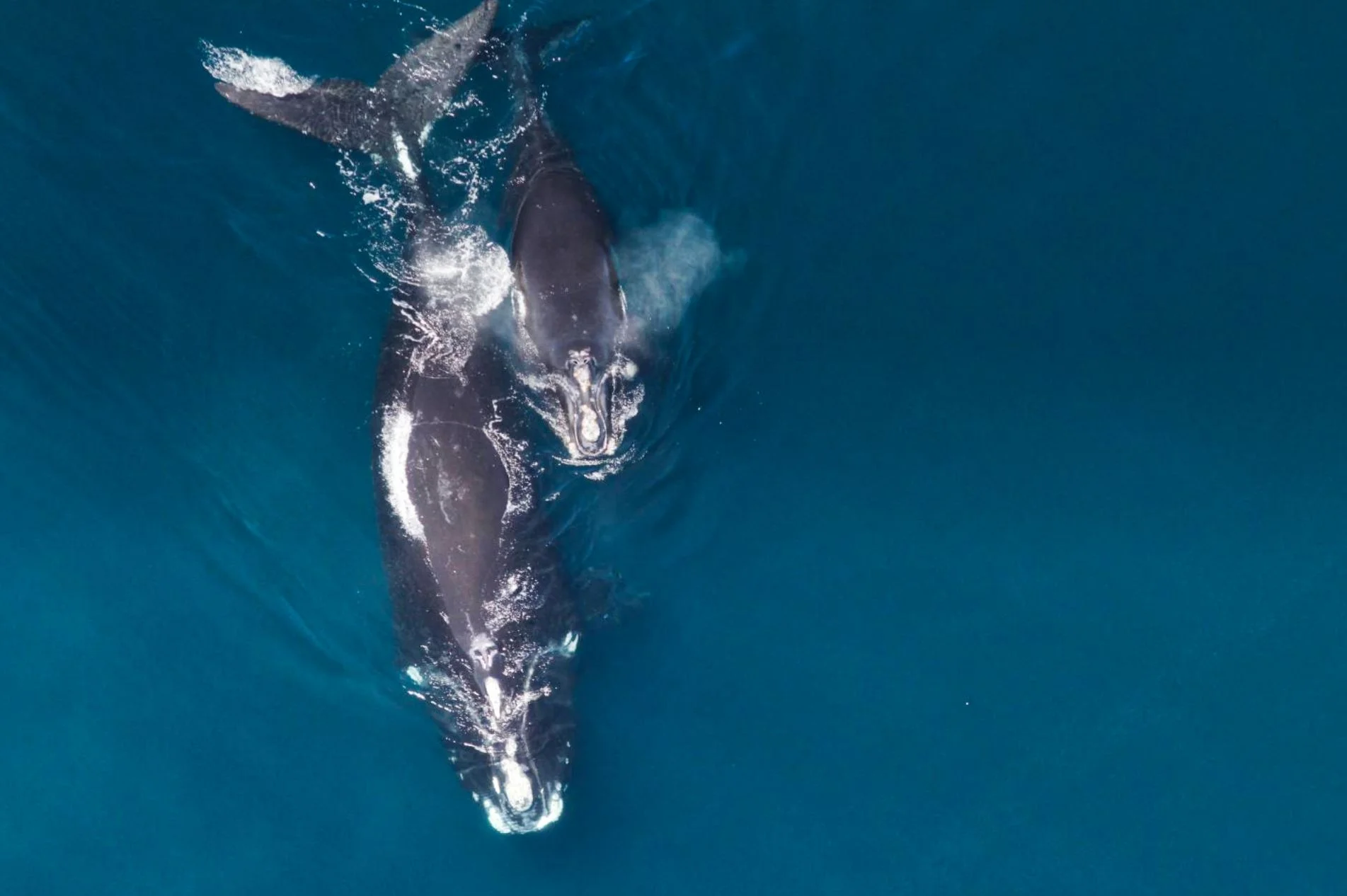Any comments, suggestions or just looking for a chat about this subject? Don't hesitate and leave a comment on our comment section down below the article!
How did complex life arise on Earth about two billion years ago? Research by an international team of scientists from Sweden, the United States, Australia and the Netherlands now provides a new perspective on the matter. In a study published this week in Nature Microbiology, the team presents a new model about the first complex cell types that make up plants, fungi, but also animals and people. They describe how complex cellular life forms developed in evolution through the metabolic integration of simpler cell types.
Life on earth consists of three main groups. Two of these groups are represented by microbial life forms, the bacteria and the archaea. These are collectively known as the prokaryotes. The cells of these prokaryotes are generally small and simple. The third group of organisms concerns all visible life forms, such as people, animals and fungi. This group is known as the eukaryotes. Eukaryotic cells are generally much larger and more complex than prokaryotic cells. The origin of the eukaryotic cell is one of the most fundamental riddles in the evolution of life on earth. Now, through the work of an international collective of researchers, led by Thijs Ettema (Wageningen University & Research and the University of Uppsala in Sweden), there has been more clarity about the evolutionary transition from simple prokaryotic to more complex eukaryotic cell types.
Fusion with mutual benefit
Previous research has shown that the eukaryotic cell originated from an archaea cell and a bacterial cell. The bacterium was absorbed into the archaea cell at some point. There is a general consensus that the cells came together because of a mutually beneficial interaction, called symbiosis. The most plausible hypotheses about the origin of eukaryotes are based on a symbiosis in which one partner produces metabolites that the other partner uses. In recent decades, however, there has been fierce debate in the scientific world about how this metabolic symbiosis actually works.
Closest relatives: Asgard archaea
Recent research in the Ettema laboratory has already provided important information about the identity of the archaea host cell in this scenario. Based on genome research, Ettema’s team has identified a new group of archaea, the so-called Asgard archaea. The team has shown that these are the closest prokaryotic relatives of the eukaryotes. "Our previous analyzes focused primarily on the identification of eukaryotic traits in the genome of these Asgard archaea, and not on their metabolic traits," says Ettema. “But now we wanted to see if we could learn something about their metabolism from these points of view. That could shed new light on the hypothesis of the metabolic symbiosis that underlies the origin of the eukaryotes. "
The research team set to work to analyze the metabolic repertoire encoded by the available genomes of Asgard archaea. "A surprising feature of the Asgard archaea is their ability to use complex carbohydrates as a growth substrate," says Anja Spang, scientist at Uppsala University and NIOZ, and lead author of the research. "In addition, the genome of almost all of these archaea encodes different enzymes that are predicted to be involved in the degradation of hydrocarbons and fatty acids with different chain lengths."
Recording electrons from a host cell
The results of the study indicate that the archaeal precursor of eukaryotes may have used different organic substrates for its growth. Eukaryotes, to which humans belong, also metabolize organic substrates, but they do so more efficiently by using so-called terminal electron acceptors. These acceptors absorb the electrons that are released during growth on an organic substrate. But this research suggests that these terminal electron acceptors were most likely lacking in the archaeal precursor of the eukaryotes. This raises the question of where the electrons remained. Spang explains: “Our hypothesis is that the archaeal host cell sustained its growth by living in close collaboration with a bacterial partner, which absorbed electrons from the archaea cell. Earlier models also assumed a transfer of electrons between the archaea host and the bacterium with which it lives in symbiosis. But based on our analysis we propose a model in which the flow of electrons is reversed. You often see such an inverse flow of electrons between symbiotic archaea and bacteria in nature. ”
Ultimately, Ettema's team wants to experiment with the new hypothesis, which is now purely based on genome analysis
If you enjoy our selection of content please consider following Universal-Sci on social media:








